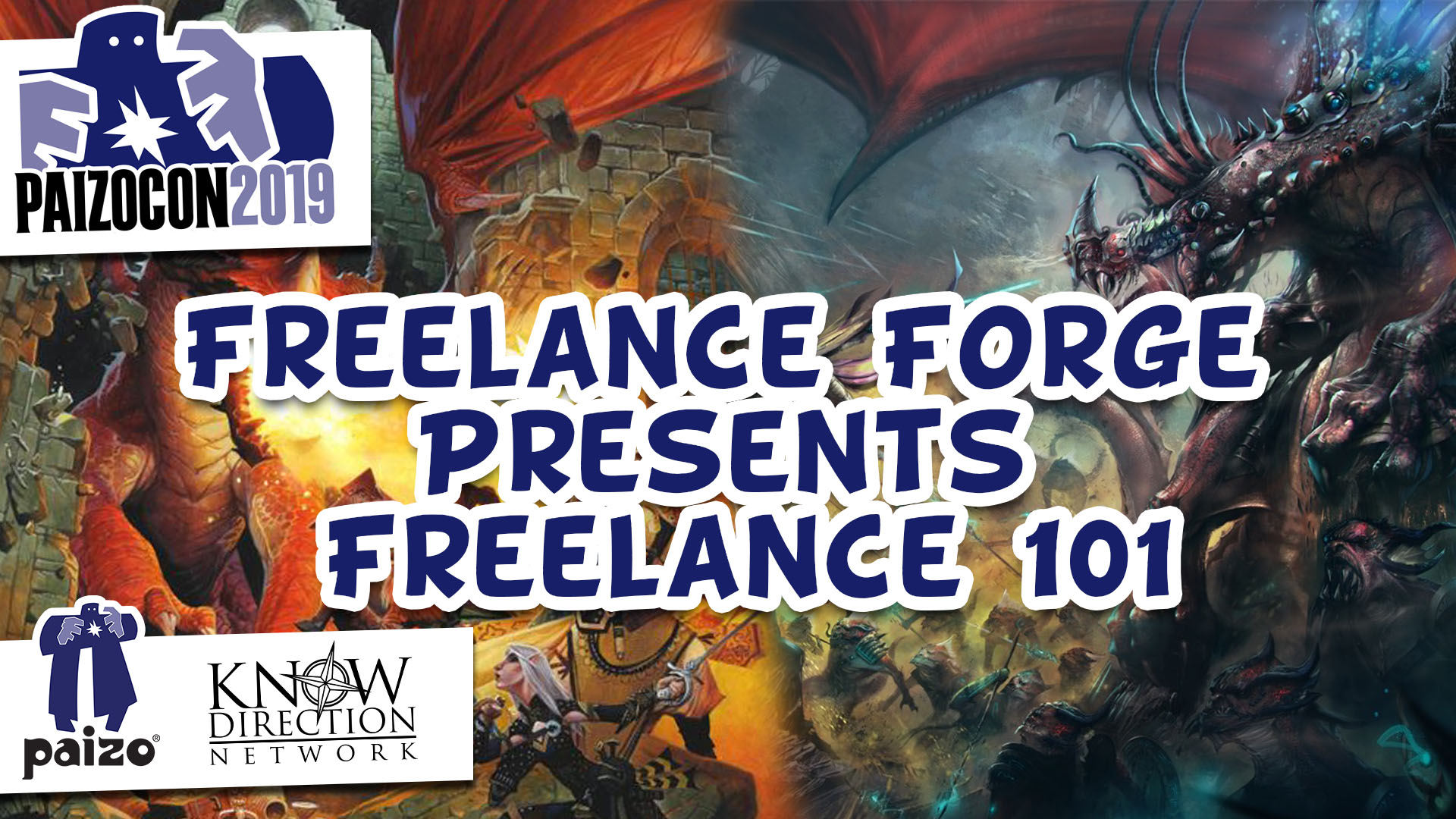There comes a time when you think, “My project is finished. I don’t need to look at it any more. Time to turn it in and never look back.”
STOP!
Before clicking “send” on that email or “upload” on that website, look at your project one last time, but from a different perspective. We’ve got a few goals as we take one last look at it:
Editing
 One of the things we’re doing is giving it one last editing pass to reduce the number of properly spelled but incorrect words and times you wrote “it’s” when you meant “its.” Take a look at the grammar, see if the sentences make sense, and make sure you’ve used the correct tense. Most adventures are written in third person omniscient present tense, so you want to make sure you’ve not slipped.
One of the things we’re doing is giving it one last editing pass to reduce the number of properly spelled but incorrect words and times you wrote “it’s” when you meant “its.” Take a look at the grammar, see if the sentences make sense, and make sure you’ve used the correct tense. Most adventures are written in third person omniscient present tense, so you want to make sure you’ve not slipped.
“The guard will stand at attention and will investigate any suspicious noises,” is incorrect…
“The guard stands at attention and investigates any suspicious noises,” is correct!
Also watch for things like absolutes (like I just used above, oops!). If the guard investigates any suspicious noises, then that leaves no wiggle room for the GM, or they have to wonder if the sound of the PC’s cat familiar is ‘suspicious’ and the guard must go investigate.
“The guard usually stands at attention and investigates most suspicious noises,” is better!
While checking all of this, sometimes your eyes won’t read the problems because you’re so familiar with the text. In those instances, change it up! One piece of advice that I’ve used is to change the entire document’s font to Comic Sans. Sounds dumb, I know. Trust me. This will force you into a new perspective when reading your own work and it helps you not take anything you’ve written too seriously. This can be useful when trying to hit your word count and you need to cut an encounter you really liked that doesn’t fit the story. When it’s written in Comic Sans, it feels a whole lot less mandatory.
Information Distribution
 The second thing I look for in these final editing passes is where I give the GMs and the players different bits of information. If I get to the end of the adventure and the BBEG was a vampire the entire time, when did I first mention this? Did I let the GM know up front in the background or summary section? Did I hint at it to the players to give them a sense that the villain of the story might be undead or hate the sun? Where you put the information is crucial because it effects how a GM comes to understand the story you’re trying to tell with the adventure. It also directs the players on how they want to approach the various challenges of the adventure.
The second thing I look for in these final editing passes is where I give the GMs and the players different bits of information. If I get to the end of the adventure and the BBEG was a vampire the entire time, when did I first mention this? Did I let the GM know up front in the background or summary section? Did I hint at it to the players to give them a sense that the villain of the story might be undead or hate the sun? Where you put the information is crucial because it effects how a GM comes to understand the story you’re trying to tell with the adventure. It also directs the players on how they want to approach the various challenges of the adventure.
Example:
If your PCs are going to a fancy party and they’re expected to bring a gift for the host, you want to mention that in the section where someone invites them to the party. Have the Knowledge (local) or Knowledge (nobility) check happen when they receive the invitation. If you wait until the party scene to include “In this culture, guests at a party are expected to bring their host a present,” then the GM might forget to tell the players ahead of time, and the players are ambushed with this new information when it’s already too late to act on, they’re going to get really frustrated.
Don’t give information out too early. Yes, you’ve created a really fun puzzle door for the front of the dungeon. Yes, you think the players are going to love trying to solve it. Yes, it’s a mimic. However, this really isn’t helpful to mention to the GM in the Background or Summary sections. In fact, that door is a fun and thematic idea that doesn’t directly add to the plot, only the tone and pacing. You’ve placed it there because you want to telegraph to the players that this is a really dangerous dungeon and they should tread carefully. This sort of thing doesn’t need to be mentioned ahead of time, so just keep it in its section.
GM Questions
The last big thing I look for are the simple and easily overlooked items:
How tall are the ceilings?
Is there light?
What are the walls and doors made out of?
What happens if this room full of goblins hears the sounds of battle?
How will this NPC react if the PCs decide to do something wacky?
What sorts of actions might wacky PCs take here, and have I provided the GM enough guidance?
Sometimes it’s good to approach each challenge in your adventure from each of the following player archetypes: the murder hobo, the sneakiest sneaker in the Sneakerverse, the diplo-mancer, the nymphomaniac bard, the magic-is-the-solution-to-every-problem wizard, and the clueless face-roller.
 Ask yourself if you’ve given the GM enough information to deal with each of these player types for most situations. Now, you’re not going to have enough word-count to flesh everything out in great detail for every situation, but simply noting “The elderly troll prefers to be left alone, even from other giants. She often spends her time sitting alone in the dark, contemplating the last decade of life-choices that brought her to live in this damp cave. She is unfriendly towards other giants and hostile to everything else.” For the murder hobo we just need a statblock, having the troll’s Perception modifier and the fact that it’s dark lets us know what we need for our sneakiest sneaker, the diplo-mancer and bard are unlikely to be successful in their standard tactics but at least we know the troll’s starting attitude, and magic follows it’s own rules here. For the clueless face-roller, it’s just a troll; they’re likely to stand there with indecision until the troll attacks their character. Perfect.
Ask yourself if you’ve given the GM enough information to deal with each of these player types for most situations. Now, you’re not going to have enough word-count to flesh everything out in great detail for every situation, but simply noting “The elderly troll prefers to be left alone, even from other giants. She often spends her time sitting alone in the dark, contemplating the last decade of life-choices that brought her to live in this damp cave. She is unfriendly towards other giants and hostile to everything else.” For the murder hobo we just need a statblock, having the troll’s Perception modifier and the fact that it’s dark lets us know what we need for our sneakiest sneaker, the diplo-mancer and bard are unlikely to be successful in their standard tactics but at least we know the troll’s starting attitude, and magic follows it’s own rules here. For the clueless face-roller, it’s just a troll; they’re likely to stand there with indecision until the troll attacks their character. Perfect.
To do this for every encounter seems exhausting, so lets simplify things. Ask yourself:
How do they kill it?
How do they avoid it?
How do they talk to it?
Is magic different here?
How can we nudge them in the direction of the plot?







